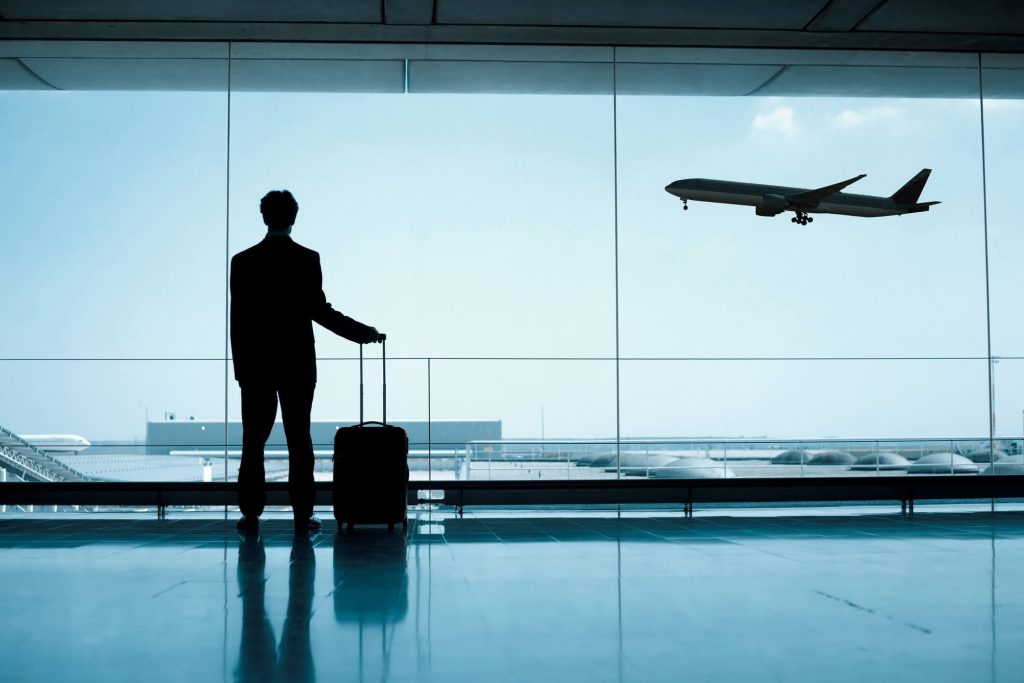Navigating Public Transportation in Nigeria and Overseas can be stressful without the right knowledge. Whether you’re navigating the bustling streets of Lagos or exploring the intricate metro systems of foreign capitals, understanding how to use public transportation can significantly enhance your travel experience.
In this guide, we will delve into the intricacies of navigating public transportation both in Nigeria and abroad, offering practical tips and insights to help you navigate with confidence.
Navigating Public Transportation in Nigeria and Overseas at a Glance
Below are the ways to Navigating Public Transportation in Nigeria and Overseas:
- Research and Familiarization
- Obtain Maps and Timetables
- Purchase Tickets and Passes
- Navigate Ticketing Systems
- Follow Etiquette and Guidelines
- Plan Your Routes and Transfers
- Stay Safe and Aware
- Embrace Local Experiences
Navigating Public Transportation in Nigeria and Overseas
1. Research and Familiarization:
Before embarking on your journey, take the time to research the public transportation options available at your destination. Familiarize yourself with the local transportation network, including buses, trains, trams, ferries, and metro systems, as well as their routes, schedules, and fares.
Utilize online resources such as official transportation websites, travel forums, and mobile apps to access up-to-date information and plan your routes in advance. Understanding the layout of the transportation network will help you navigate seamlessly once you arrive at your destination.
2. Obtain Maps and Timetables:
Upon arrival at your destination, acquire maps, timetables, and other informational materials from transportation authorities or tourist information centers. These resources provide valuable insights into the local transportation network, including route maps, schedules, fare information, and service updates.
Study the maps and timetables carefully to identify the most convenient routes and transportation options for your itinerary. Pay attention to peak hours, frequency of service, and any special considerations such as holiday schedules or maintenance closures.
3. Purchase Tickets and Passes:
Depending on the destination, public transportation fares may be paid through various methods, including cash, tokens, tickets, smart cards, or mobile apps. Familiarize yourself with the accepted payment methods and fare collection procedures to ensure a smooth and hassle-free journey.
Consider purchasing multi-ride passes, day passes, or tourist cards, which offer unlimited travel on public transportation for a fixed duration. These passes often provide excellent value for money, especially if you plan to use public transportation frequently during your stay.
4. Navigate Ticketing Systems:
In some cities, public transportation ticketing systems can be complex and confusing, especially for first-time visitors. Take the time to understand how ticketing systems work, including where to purchase tickets, how to validate them, and any fare integration or transfer policies.
Pay attention to signage, instructions, and announcements in stations and on vehicles to ensure you’re following the correct procedures. If you’re unsure, don’t hesitate to ask station staff or fellow passengers for assistance.
5. Follow Etiquette and Guidelines:
Public transportation etiquette varies from one country to another, so it’s essential to familiarize yourself with local customs and guidelines to avoid inadvertently causing offense or inconvenience to others.
Respect designated seating areas for elderly, disabled, or pregnant passengers, and offer your seat to those in need. Keep noise levels to a minimum, refrain from eating or drinking in crowded vehicles, and be mindful of personal space and belongings.
6. Plan Your Routes and Transfers:
When planning your journey, consider factors such as distance, travel time, transfer points, and potential delays or disruptions. Optimize your routes to minimize travel time and maximize efficiency, taking into account any planned maintenance or service changes.
Allow extra time for transfers between different modes of transportation, especially if you’re unfamiliar with the layout of stations or stops. Plan alternative routes in case of unexpected disruptions, and stay informed of any service alerts or updates via official channels.
7. Stay Safe and Aware:
While public transportation is generally safe and reliable, it’s essential to remain vigilant and aware of your surroundings, especially in unfamiliar or crowded environments. Keep your belongings secure at all times, and beware of pickpockets or opportunistic theft.
Avoid traveling alone late at night, especially in areas with limited visibility or security. Familiarize yourself with emergency procedures and exits, and be prepared to seek assistance from transportation staff or fellow passengers if needed.
8. Embrace Local Experiences:
Public transportation offers a unique window into the daily lives and cultural dynamics of a destination. Embrace the opportunity to interact with locals, observe daily routines, and immerse yourself in the vibrant tapestry of urban life.
Strike up conversations with fellow passengers, ask for recommendations or insights from locals, and enjoy the sights, sounds, and sensations of your journey. Public transportation isn’t just a means of getting from point A to point B—it’s an integral part of the travel experience itself.
Conclusion:
Mastering public transportation is a valuable skill that can enhance your travel experiences both in Nigeria and abroad. By conducting thorough research, familiarizing yourself with local transportation networks, and following practical tips and guidelines, you can navigate public transportation with confidence and ease.
Whether you’re navigating the chaotic streets of Lagos or exploring the subway systems of global metropolises, embracing public transportation opens doors to new adventures, cultural insights, and unforgettable memories. So hop on board, and let the journey begin!



